“Diversity” and “inclusion” aren’t merely buzzwords in the business world. They’re essential components of a healthy workplace. Fostering diversity and inclusion has been shown to inspire creativity, innovation, and better problem-solving skills.
Unfortunately, many businesses are going about it the wrong way. A 2016 Harvard Business Review study by Frank Dobbin and Alexandra Kalev showed that out of 829 midsize to large U.S. firms that implemented mandatory diversity training, job tests, and grievance systems, none of them showed positive hiring results. In fact, they all showed decreases in hiring minorities and women for managerial positions.
However, this study doesn’t mean that your workplace can’t benefit from diversity programs and workshops. To get a better understanding of how to foster an inclusive and diverse company culture, learn how to create positive messaging, motivate people to take initiative, and promote equitable problem solving with the help of mindfulness.
Use Positive Messaging
It’s not that diversity trainings, hiring tests, and grievance systems are necessary bad ideas. It’s that they’re grown out of fear of discrimination lawsuits. Because of this, most diversity training is drenched in negative messaging that casts blame and stokes the fear of litigation.
Further, because managers make hiring decisions, they’re most apt to be singled out during these trainings. However, this focus creates resentment toward the instructors and resistance to the message of diversity.
According to Dobbin and Kalev, 75% of compulsory diversity training use negative messages. More specifically, they all underscore the legal case for diversity and inclusion rather than social accountability.
For this reason, you want to find mindfulness coaches that highlight the benefits of inclusive workplaces both at the company and individual level. With a greater understanding of how it can benefit all parties, rather than the grim repercussions of making a mistake, executives and employees alike are more likely to make positive changes in their hiring and work decisions.
Give Your Employees More Control
Force-feeding employees curriculum on diversity can actually activate more bias, according to Dobbin and Kalev. They note, “It’s more effective to engage managers in solving the problem, increase their on-the-job contact with female and minority workers, and promote social accountability.” Additionally, their study showed that after five years of required trainings for managers, companies saw no improvements in the proportion of women or minorities in management, and the number of black women in leadership roles decreased by 9%.
So, what’s the answer? Give your employees the option of attending trainings. Dobbin and Kalev’s study showed that voluntary programs lead to better results: increasing the number of black men, hispanic men, and asian american men and women by 9% to 13% after five years.
Empower Your Employees to Find a Solution
Instead of highlighting all of the problems within organizations, programs should be reframed to find solutions. In conjunction with voluntary trainings, researchers noted that diversity increased when companies created engaging recruitment, mentoring, and self-managed team programs.
When it comes to investing in diversity workshops and programs, find one that helps people realize their individual and collective power to steer an organization towards a healthy culture. This empowerment can be the fuel for positive change.
Acknowledge and Reduce Biases
Acknowledging that our personal histories create internal biases is a necessary first step for diversity programs. However, discussing these biases openly requires a willness from employees to be vulnerable. Discussing race, gender, and inequality is a high-tension topic that can make many people uncomfortable.
For this reason, there needs to be clear expectations set at the beginning of any training. While you shouldn’t require someone to speak if he or she doesn’t want to, it should be encouraged. By allowing employees to let their personal truths and feelings be known, it actually highlights a similarity between each person in the room: everyone has a unique perspective and, for that reason, biases.
Research from Central Michigan University suggest that using a ten-minute mindfulness program could significantly reduce implicit race and age bias. Essentially, mindfulness limited our knee-jerk reactions and associations with specific topics.
Provide the Tools for Emotional Regulation
Conversations about diversity and inclusion can get heated quickly. To mediate escalating emotions, mindfulness interventions are helpful to attenuate emotional triggers to intense topics. In a study published by Oxford University, short mindfulness interventions reduced activation in regions of the brain involved in emotional processing of negative stimuli.
Minimize Stereotypes
Stereotypes are so rooted in our culture that we often forget we’re making sweeping generalizations in everyday conversation. However, when you’re in a program built to improve diversity and inclusive in the workplace, these prejudices are much more apparent.
To keep the conversation on track, companies should implement a short mindfulness intervention at the start of a diversity and inclusion program. A recent study showed that mindful attention exercises reduced the propensity to perpetuate stereotypical thinking through language and prejudiced thinking.
Mindfulness Is More Than a Buzzword
When it comes to building a diverse and inclusive workplace, you should find programs that incorporate mindfulness into mix. Taking a mindful approach to difficult topics can minimize uncomfortable situations and maximize openness during conversation. If you are interested in growing your business and establishing deeper connections between your team, reach out to Mindfulness Strategies today.





